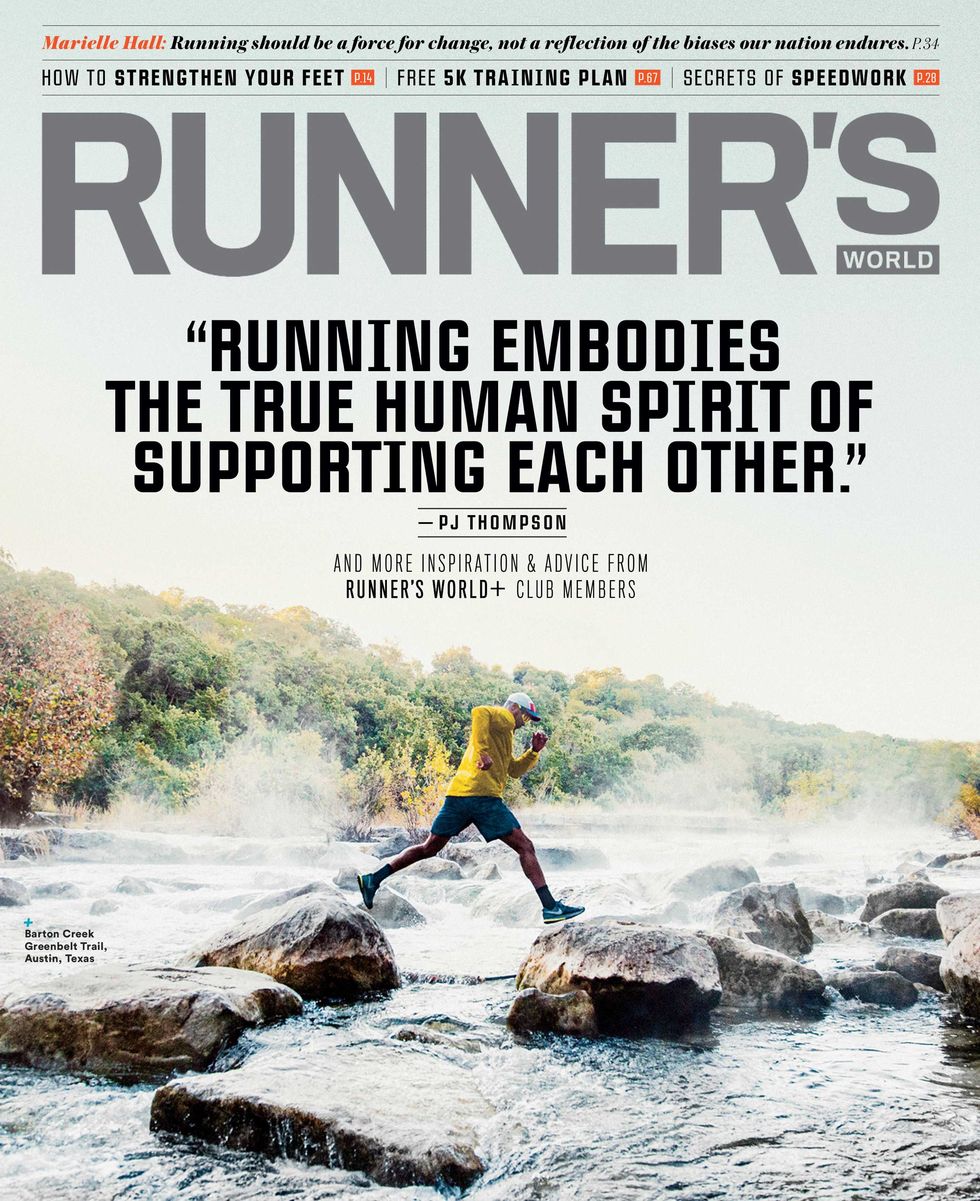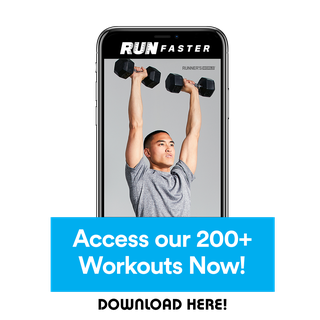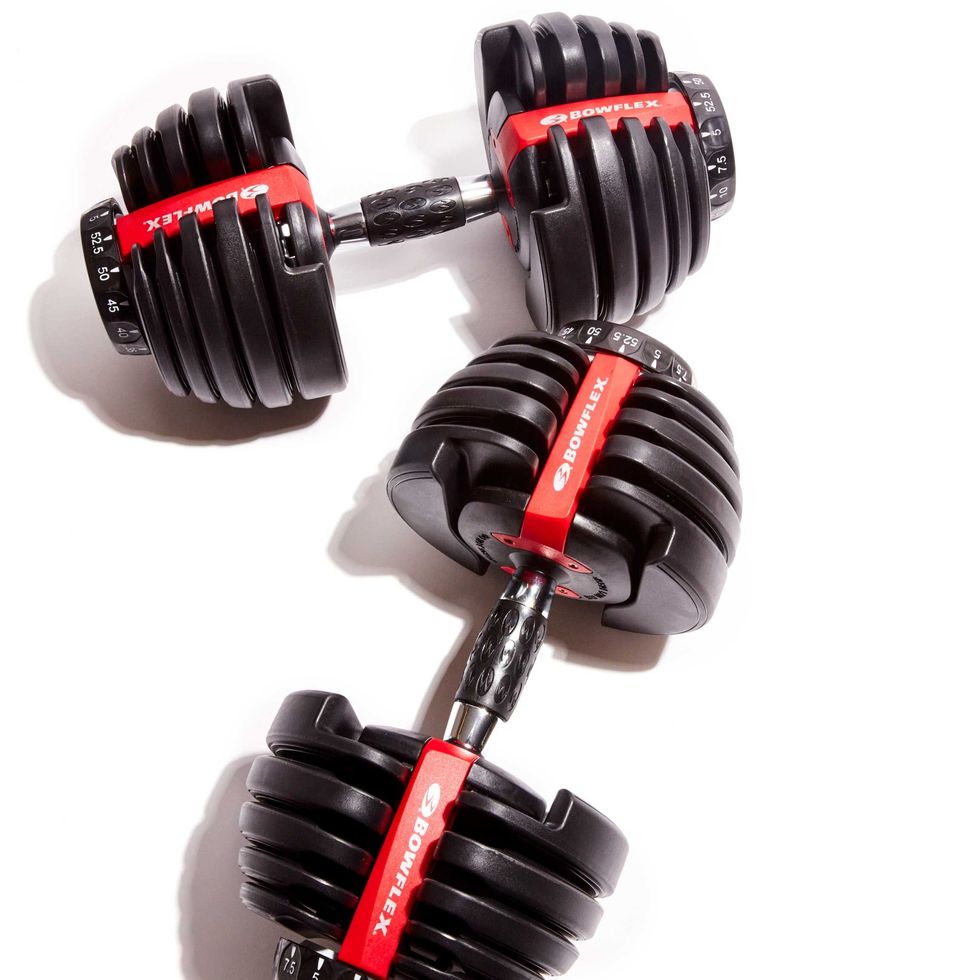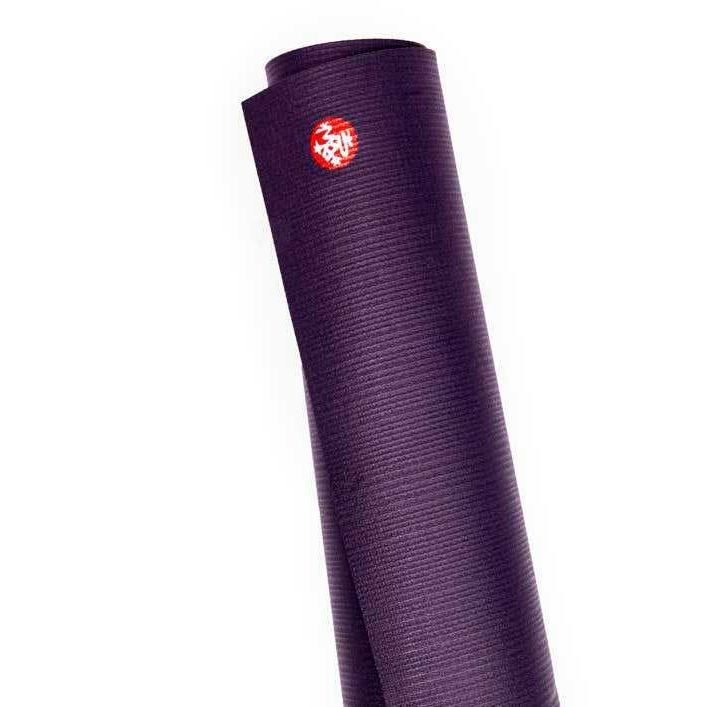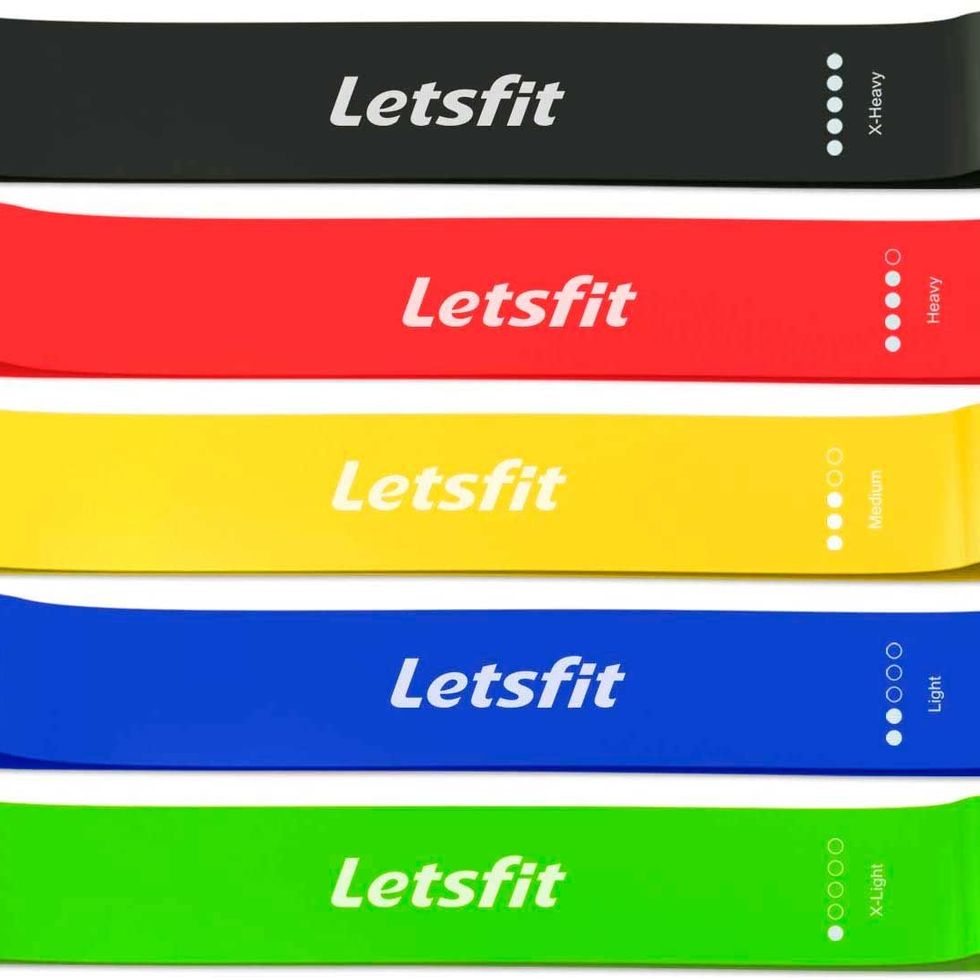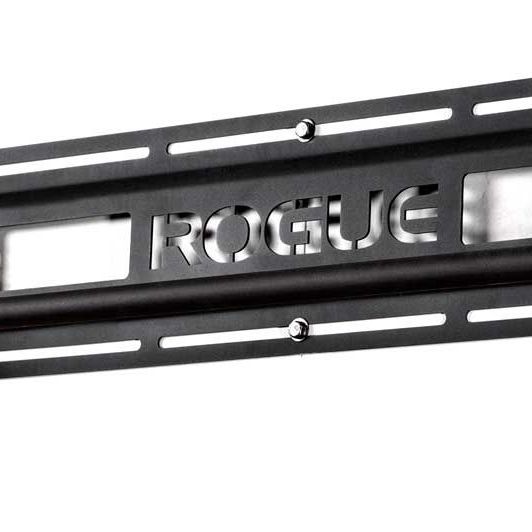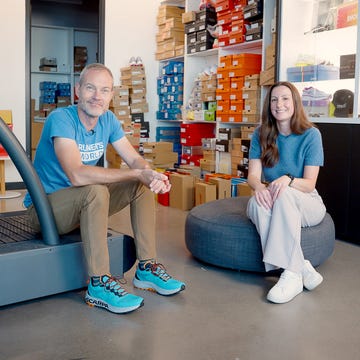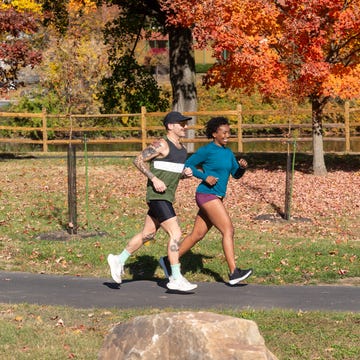Everyone remembers their first marathon. It’s an extraordinary sense of accomplishment that lies somewhere between incredulous joy and “Wow, I’m never doing that again.” But then, when the soreness begins to fade, we realize we haven’t yet come close to our full potential.
I conquered my first marathon in 2008 in just over four hours. Once the pain wore off and I had the celebratory beers, I couldn’t help but daydream about where I could improve and what was truly possible. I was determined to further develop my capabilities as a runner, and I realized that getting faster in the marathon wasn’t going to just happen.
I had to work for it. I followed a running plan for my second and third marathons in 2009, which brought me under four hours. In 2010, I managed a 3:36:56, thanks to more patience and more mileage. But then, I hit a performance wall. I was consistent with my training. I thought my experience would make me faster, but I couldn’t crack my PR for five years. Until 2016, when I discovered the power of strength-training.
I call this the year I learned how to Back Squat to Boston. In one year, I dropped 30 minutes off my marathon PR and nabbed a coveted BQ. Before, I viewed strength-training as something you did for body composition instead of performance. I used to stop in my apartment gym after a run and crank out a few biceps curls and lunges. There was no structure.
What I was missing so clearly at the time was that being a stronger and more durable runner means less risk of injury. It means having more glute strength to be able to efficiently power up challenging hills. It means maintaining proper running form with taller posture and more core engagement when pushing through fatigue at the end of a tough run or race. It wasn’t until I was properly introduced to a small gym that focuses on the importance of learning how to get strong and why we need full-body strength that I started to become a faster and smarter runner.
As a running coach, I answer questions from injured or frustrated runners every day. How can I make my knee stop hurting after the first mile? How do I not hit the wall? How can I get faster?
My answer, almost always, is: You need more strength.
Consistent strength-training is a runner’s secret sauce. Strong muscles that absorb load and volume translate into fewer bone-, tendon-, and ligament-related injuries. This means faster recoveries, better mileage, and greater resilience.
In 2016, from February to November, I spent more time in the gym. I focused on form and load. I became a stronger and more durable runner who could handle higher mileage and weekly speed workouts. I got faster and stayed injury-free.
But the biggest benefit? My mental toughness grew. I started getting more familiar with feeling uncomfortable and handling discomfort in my workouts, which translated into more grit in my running. My body grew stronger and more resilient while my mind built an appetite for more challenging obstacles to overcome.
Many runners that I coach don’t like hearing they have to do more strength-training. After all, we all run because we love it (many of us run specifically to get as far away from those dumbbells as possible). But I promise, a change in attitude toward strength work is the number one thing you can do, right now, to become a better runner.
When we accomplish hard things, we overcome doubt, difficulty, and fear. Only to recognize that our true strength is just on the other side of something that we aren’t sure we can conquer. So while strength-training is extremely important for runners to stay strong and injury-free, it simultaneously creates a mindset of confidence and perseverance in the process.

A running veteran for more than a decade, Movold is a licensed strength and running coach for Runner’s World+ members and at the Mile High Run Club in New York City. When she’s not motivating class-goers through grueling treadmill workouts, you’ll likely find her zig-zagging boroughs on bridges throughout Brooklyn and Manhattan or training for her next marathon . She’s ready to push you to your next running goal as she chases her own—running a marathon in under 3 hours.

